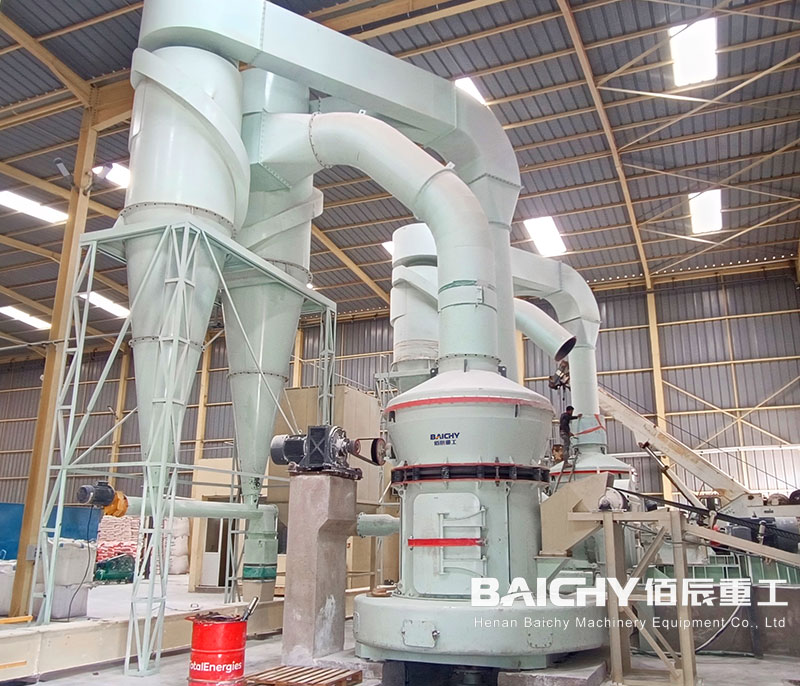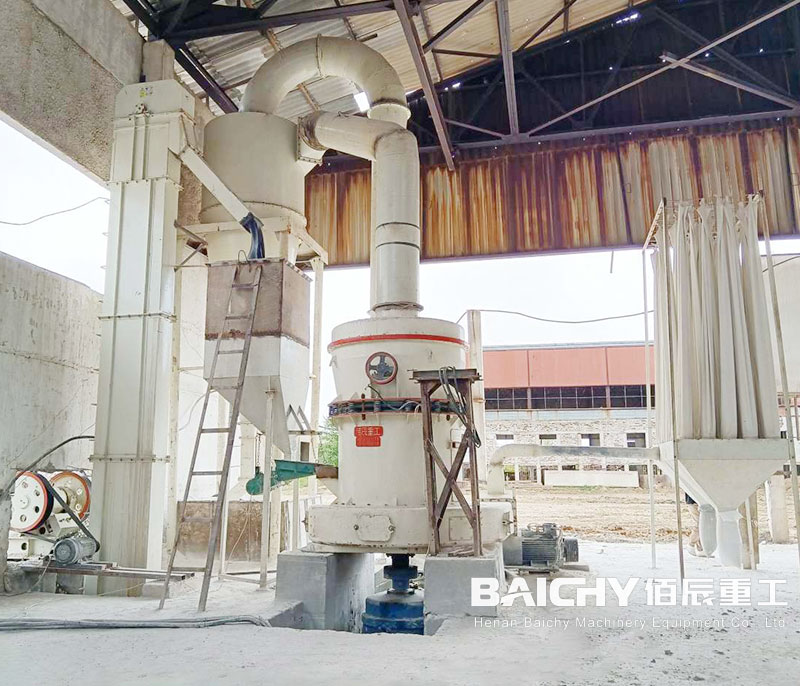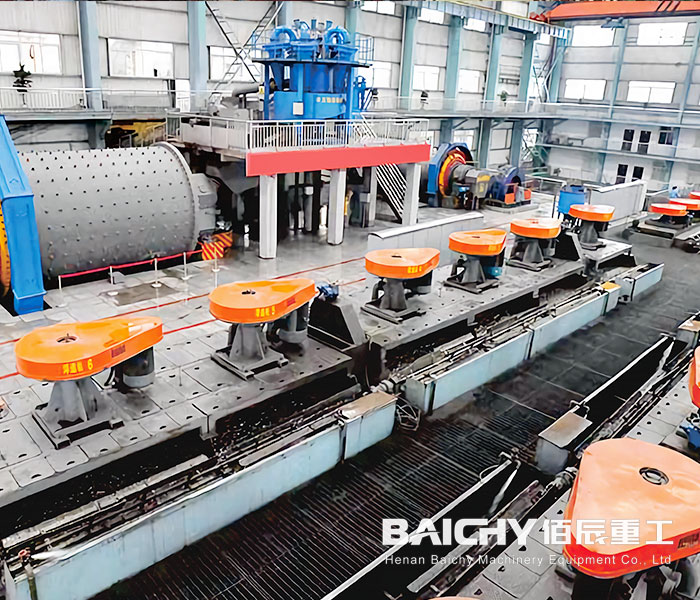Are you familiar with these common terms in the sand and gravel industry?
High-performance concrete, aggregate, irregular coarse aggregate particles, natural sand, machine-made sand, artificial sand, mixed sand, fine machine-made sand, crushed stone, pebbles, 1-2 stones, 1-3 stones, coarse sand, medium sand, fine sand, apparent density, bulk density, firmness, crushing value index, needle, flake particles, alkali-aggregate reaction, alkali-silica reaction active aggregate, stone powder fluidity ratio, artificial sand water demand ratio...

About 1-2, 1-3 stones, coarse and fine sand, mud and powder content and other industry terms, are you still confused? That won't do. The article "That won't do" has introduced the meaning of some terms, but there are still many that have not been covered. The editor has collected everyone's messages and news in this regard and summarized them as follows as a supplement:
1. High-performance concrete
With the specific requirements of construction engineering design and construction for concrete performance as the overall goal, high-quality conventional raw materials are selected, admixtures and mineral admixtures are reasonably added, a lower water-cement ratio is adopted and the mix ratio is optimized, and concrete with excellent mixture performance, mechanical properties, long-term performance and durability is made through green premixed production methods and strict construction measures.
2. Aggregate
Granular loose materials such as rock particles that play the role of skeleton, filling and volume stabilization in concrete. According to particle size, it can be divided into coarse aggregate and fine aggregate.
Coarse aggregate (stone) coarse aggregate: rock particles with a particle size greater than 4.75mm, including pebbles and crushed stones:
Fine aggregate (sand) fine aggregate: rocks and particles with a particle size less than 4.75mm, including natural sand and artificial sand.
3. Irregular particles in coarse aggregate
Pebble and crushed stone particles are small and one-dimensional size is less than 0.5 times the average particle size of the corresponding particle size.
4. Natural sand
Rock particles with a nominal particle size less than 5.00 mm formed by natural conditions. According to their sources, they can be divided into river sand, lake sand, sea sand and mountain sand.
5. Artificial sand
Rock particles with a nominal particle size less than 5.00 mm formed by soil removal, mechanical crushing and screening of rocks, pebbles, mine tailings or industrial waste.
6. Mixed sand
Sand formed by natural sand and artificial sand in a certain proportion.
7. Crushed stone
Rock particles with a nominal particle size greater than 5.00 mm obtained by crushing and screening natural rocks or pebbles.
8. Gravel
Rock particles with a nominal particle size greater than 5.00 mm formed by natural conditions.
9. Flaky particles in artificial sand
Particles with a smaller one-dimensional size than 0.45 times the average particle size of the corresponding particle size of the particle in the artificial sand with a particle size of more than 1.18mm.
10. Fineness module
11. Dust content
The content of particles with a nominal particle size less than 80μm in the aggregate, including clay, silt and fines.
12. Clay lump content in sands
The content of particles with a nominal particle size greater than 1.25mm in sand that are less than 0.63mm after washing and hand-kneading.
13. Clay lump content in stones
The content of particles with a nominal particle size greater than 5.00mm in stones that are less than 2.50mm after washing and hand-kneading.
14. Crushers dust content
The content of particles with a nominal particle size less than 0.08mm in artificial sand, and whose mineral composition and chemical composition are the same as those of the processed parent rock.
15. Methylene blue (MB) value methylene blue value
Indicator used to determine the adsorption performance of particles with a particle size of less than 0.08mm in artificial sand.
16. Apparent density
The mass of aggregate particles per unit volume (including closed pores).
17. Tight density
The mass of aggregate per unit volume after compaction according to the prescribed method.
18. Bulk density
The mass of aggregate per unit volume in a natural accumulation state.
19. Soundness
The ability of aggregate to resist rupture under natural weathering or other physical and chemical factors.
20. Light material
Material with an apparent density of less than 2000kg/m3 in sand.
21. Elongated and flaky particle
Any rock particle whose length is greater than 2.4 times the average particle size of the particle to which it belongs is an elongated particle; a rock particle whose thickness is less than 0.4 times the average particle size is a flaky particle. The average particle size refers to the average value of the upper and lower limit particle sizes of the particle size.
22. Crushing value index
The ability of artificial sand, crushed stone or pebbles to resist crushing.
23. Alkali-aggregate reaction
The chemical reaction between the alkali in hardened concrete and the alkali-active minerals in the aggregate slowly occurs in a humid environment, causing the concrete to expand, crack or even break.
24. Alkali-active aggregate
Aggregates that can react chemically with the alkali in concrete under certain conditions, causing the concrete to expand, crack or even break.
25. Alkali-silica reactive aggregate
Aggregates containing amorphous or incompletely crystalline silicon dioxide, which may produce alkali-aggregate reactions under appropriate conditions.
26. Alkali-carbonate reactive aggregate
Aggregates containing microcrystalline dolomite with a specific structural structure, which may produce alkali-aggregate reactions under appropriate conditions.
27. Fluidity ratio of rock fines (FF) Fluidity ratio of rock fines
The ratio of the fluidity of mortar with rock fines to that of the benchmark cement mortar under the conditions of admixture and 0.4 water-cement ratio is used to determine the index of the adsorption performance of stone fines to water reducer.
28. Water requirement of artificial sand (X) Water requirement of artificial sand
The ratio of the water consumption of artificial sand to that of Chinese ISO standard sand under the specified deviation of cement mortar fluidity is used to comprehensively determine the index of artificial sand grading, particle shape, water absorption and adsorption performance of rock fines.






 2025-11-17
2025-11-17





















 86-15093113821
86-15093113821
 86-15093113821
86-15093113821

